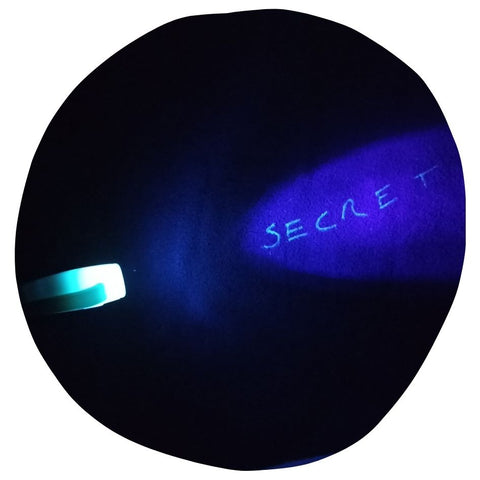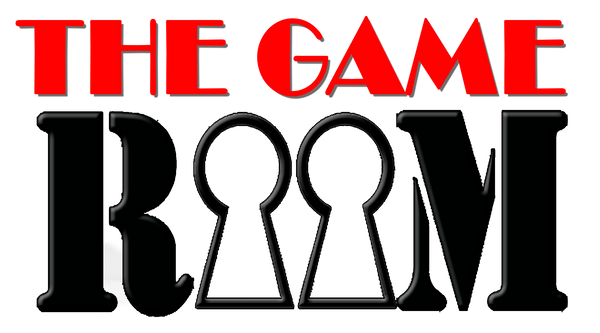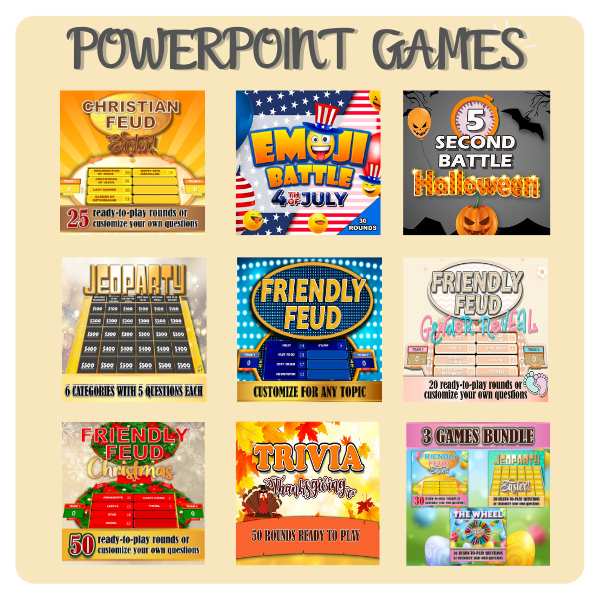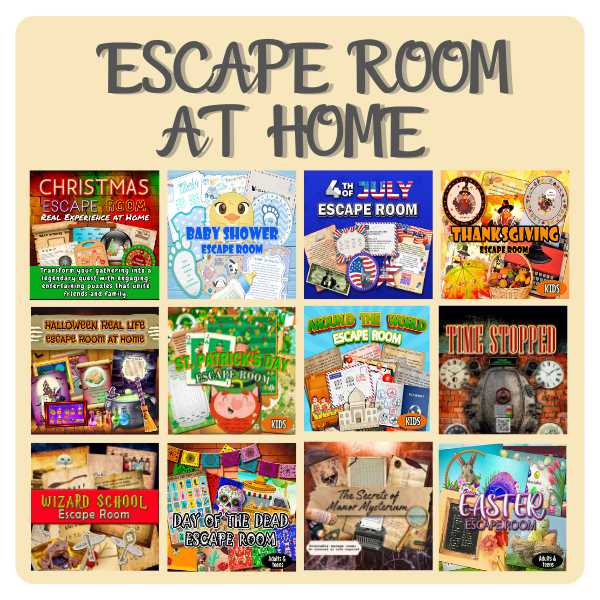Free Printable Escape Room Puzzles: Create Your Own Home Adventure
Designing a DIY escape room at home is one of the most exciting, affordable, and engaging ways to bring friends and family together. With just a few materials and your imagination, you can recreate the thrill of professional escape rooms right in your living room. The best part? You can download free printable escape room puzzles to get started instantly. This guide gives you everything you need to plan, design, and execute your own escape room experience—from clever code-breaking games to immersive hands-on challenges.
Blacklight Message Escape Room Puzzle

Step into a mysterious world where secrets emerge only under the eerie glow of a black light. This DIY escape room puzzle involves a simple handheld black light to discover hidden messages and codes. Use invisible ink or fluorescent markers to write a clue on what appears to be a blank surface. Players then employ the black light to reveal the hidden text, which might be a word, a series of numbers, or even a map. This versatile puzzle adds an extra layer of mystery and intrigue to your game, making it perfect for a thrilling night of detective work at home.
Scissor-Lock Puzzle

Create a fun and clever escape room puzzle right at home with this simple setup. Use a combination lock to secure a pair of scissors and attach the next clue or a prize to them using a zip tie. Scatter hints throughout your home that guide players to the combination. This puzzle promotes teamwork and problem-solving, while also adding an element of physical activity as participants hurry to find the combination, unlock the scissors, and cut free their next step towards triumph. It’s an ideal activity for an entertaining family game night or a unique party challenge.
FLIPPED Secret Code
Secret codes are puzzles that you can use in an Escape Room. The codes are a lot of fun and involve all the players because they have to figure out how to decipher the code to advance in the game. The FLIPPED code is very interesting because it is an intermediate level puzzle but many times players tend to think that it is more complicated than it seems and they can't solve it so easily.
See this example:

You can use this free website to create flipped secret codes for your Escape Room: https://v2.cryptii.com/text/flipped
Morse Code
Morse code adds an intriguing twist to any escape room. One idea is hiding a coded message within wall art or papers, requiring players to decode it to find a key clue. You could also include audio puzzles with intermittent beeps or use a flashlight for players to interpret flashes as Morse code. For more interaction, a telegraph key prop can spell out vital hints, leading to the final solution or unlocking hidden compartments.
WORD Puzzle
Escape Room puzzles can have numeric codes or text with a secret message that gives you some information to advance in the game or a riddle. Numeric codes are widely used in escape rooms being necessary to unlock a lock or as part of a more challenging code that has several digits.
This word puzzle can be used to hide a number. First you have to fill in the words in the boxes and then find the secret code by deciphering the color code at the bottom of the sheet. Click here to download the game.

TAP Code
The TAP CODE cipher uses a grid of letters, 5x5 containing 25. The coordinates (row, column) of the cells of the grid are numbered from 1 to 5 and thus any cell has an equivalent pair of digits (row, column).
Example: 1,3; 3,5; 1,4; 1,5 = CODE
Click here to download the game.
SECRET Code
Use this secret code to create your own secret messages in your game, either to give a direction or to reveal a code, let your imagination run wild. Click here to download the game.

Conclusion:
Wrapping up, creating an escape room at home can turn an average night into an epic adventure. With puzzles like hidden blacklight messages, clever codes, and interactive props, you can entertain and challenge your friends and family in totally unique ways. Building your own escape room taps into your creativity, sharpens your problem-solving skills, and brings everyone closer through teamwork. So why wait? Jump in and design your puzzle room—the real rewards are in the laughter, the shared wins, and the joy of solving challenges together. Get ready, and let the fun begin!
FAQs
What is the best way to structure an escape room game at home?
To create an engaging puzzle game, begin by selecting an intriguing theme and crafting a compelling storyline. Then, design a series of puzzles that naturally transition from one to the next. Employing about 7 to 9 puzzles typically works well, as this number allows participants to solve them within an hour. This structure helps maintain a dynamic and engaging experience, as participants are continually motivated by the progression of unlocking new elements or discovering clues that lead them closer to their ultimate goal.
What is an escape room puzzle?
Escape room puzzles are interactive challenges that engage players in solving problems to advance through the game. In designing an escape room, it's crucial to blend puzzle styles and difficulty levels to create an enjoyable experience. These puzzles can vary widely, from locating hidden items to cracking intricate codes, and generally demand teamwork and critical thinking from participants.
How do you create an escape room experience at home?
Creating an escape room at home involves designing a theme, setting up puzzles, and arranging a space to fit the narrative. You can use common household items to create clues and lock boxes, or digital tools for creating codes and interactive elements.
What is a FLIPPED Secret Code and how does it work in an escape room?
A FLIPPED Secret Code is a type of puzzle where text is reversed or manipulated to hide a message. Players must figure out the rule or method used to flip the text in order to decode the message and advance in the game.
Can you give examples of different types of puzzles used in escape rooms?
Sure! Escape rooms commonly use puzzles like secret codes, word puzzles, tap codes, and numeric code puzzles. Each type requires different solving strategies, such as deciphering hidden messages, solving riddles, or using objects in unusual ways.
How do numeric codes enhance the escape room experience?
Numeric codes can add complexity and realism to an escape room. They often require players to gather several clues to form a final number that unlocks a physical or digital lock, adding a layer of excitement and urgency to the game.
What are some tips for making escape room puzzles challenging but solvable?
Balance is essential in designing puzzles. Make sure to provide hints that players can access if they need help.
Where can I find resources to help me design my own escape room puzzles?
How can participants prepare for an escape room?
Participants can prepare by sharpening their problem-solving skills, working on communication and teamwork, and getting into a mindset ready for puzzles and challenges. It's also helpful to discuss strategies beforehand to maximize the team's efficiency during the game.
How can I use technology to enhance homemade escape room puzzles?
Technology can be used to add interactive elements, such as using online cipher tools, creating QR codes that reveal clues, or incorporating multimedia elements like audio or video clues. Digital locks and mobile apps that control physical devices can also increase the immersion and complexity of the game.
What are common mistakes to avoid when designing escape room puzzles?
Avoid making puzzles too obscure or difficult, which can lead to frustration. Ensure there is always a logical link between the clue and the puzzle it solves. Additionally, avoid relying too heavily on one type of puzzle—variety is key to keeping players engaged and entertained.
How long should an at-home escape room game last?
The ideal length for an at-home escape room is about 60 minutes. This gives players enough time to dive deep into the puzzles without the game dragging on too long. However, the duration can be adjusted based on the complexity of the puzzles and the experience of the players.
Can escape room puzzles be educational as well as entertaining?
Absolutely! Escape room puzzles can be designed to teach or reinforce knowledge in areas like math, history, language arts, and science. Incorporating educational content into your puzzles can make the experience both enriching and fun, especially for children and students.
Why are escape rooms effective for team building?
Escape rooms require teamwork, communication, and collaborative problem-solving, which are essential skills in any workplace. They can help break down barriers between colleagues, foster a spirit of cooperation, and highlight the strengths and potential areas for improvement within a team.
How can I test the difficulty of my escape room puzzles?
It's a good idea to run a beta test of your escape room with friends or family who are not involved in the design process. Observe them as they play to see if they encounter any unforeseen difficulties or if any puzzles are solved too quickly. Use their feedback to make adjustments before hosting the game for a wider audience.
What safety considerations should I keep in mind when setting up an escape room at home?
Safety is paramount. Ensure that all physical spaces are free of hazards that could cause injury. Avoid using real locks in ways that could trap someone in a room, and always have a clear and easy exit available in case of an emergency.






